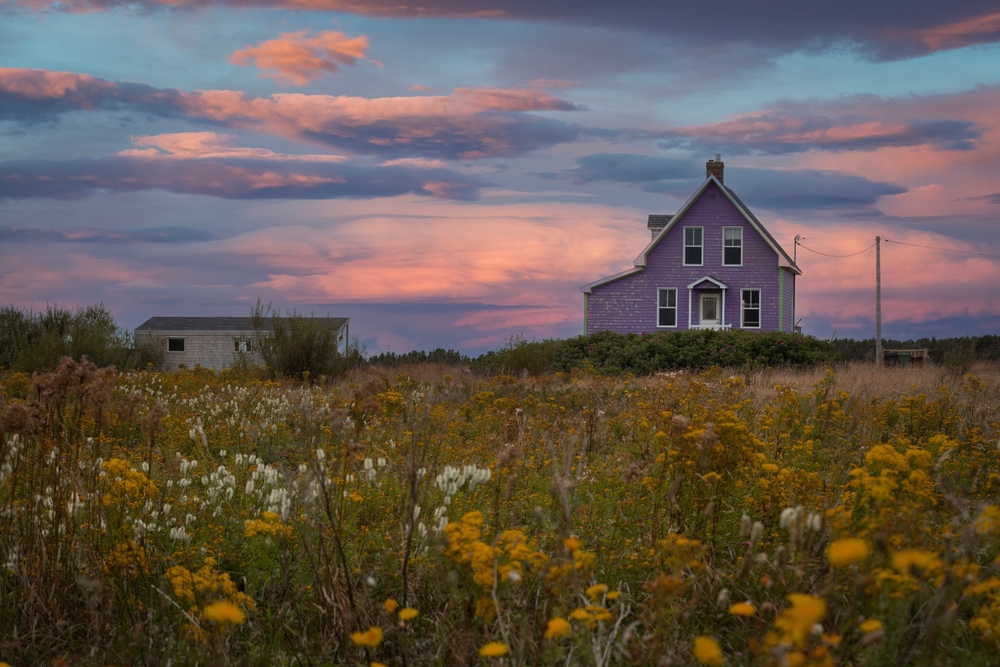
4 Common Problems in Older Homes
May 24, 2024Older homes come with built-in history, a unique character and nostalgic charm. But over many years, they may also harbor hidden problems that can cost a pretty penny once they finally surface.
Knowing how to detect and correct these issues early can mean the difference between a minor inconvenience and a more costly repair. Here are four problems you’re more likely to encounter in an older home.
Warped or uneven floors are a common feature of older homes. Sometimes they can be a sign of the foundation settling or moving. Additionally, water entering the crawl space may cause wood rot and damage that can lead to sagging floors. Whether the root cause is simple or a sign of a larger problem, fixing sagging floors will likely require professional attention.
2. Lead Paint
Lead paint can pose severe health risks to household occupants — especially children. If intact, lead paint can be safely sealed with a lead-free alternative. However, lead paint that has started to chip and deteriorate should be professionally removed ASAP.
Wooden window frames expand and contract year-round as temperature and humidity fluctuate. Once windows become misshapen, they no longer provide an airtight seal. This can result in higher energy costs as your HVAC system has to work harder to compensate. DIY weatherstripping can address minor drafts, but more extensive damage may require professional repair or a full replacement.
Older pipes can cause a number of issues and should be upgraded ASAP. For example:
- Galvanized steel is susceptible to mineral buildup, which discolors water, reduces water pressure/quality and can cause leaks.
- Clay is brittle, has a tendency to separate and is highly susceptible to root infiltration.
- Polybutylene is prone to rapid degradation when exposed to oxidants (e.g., chlorine) and can cause your entire plumbing system to fail.
Do you have home improvement projects on your to-do list? Get in touch to discuss your financing options.